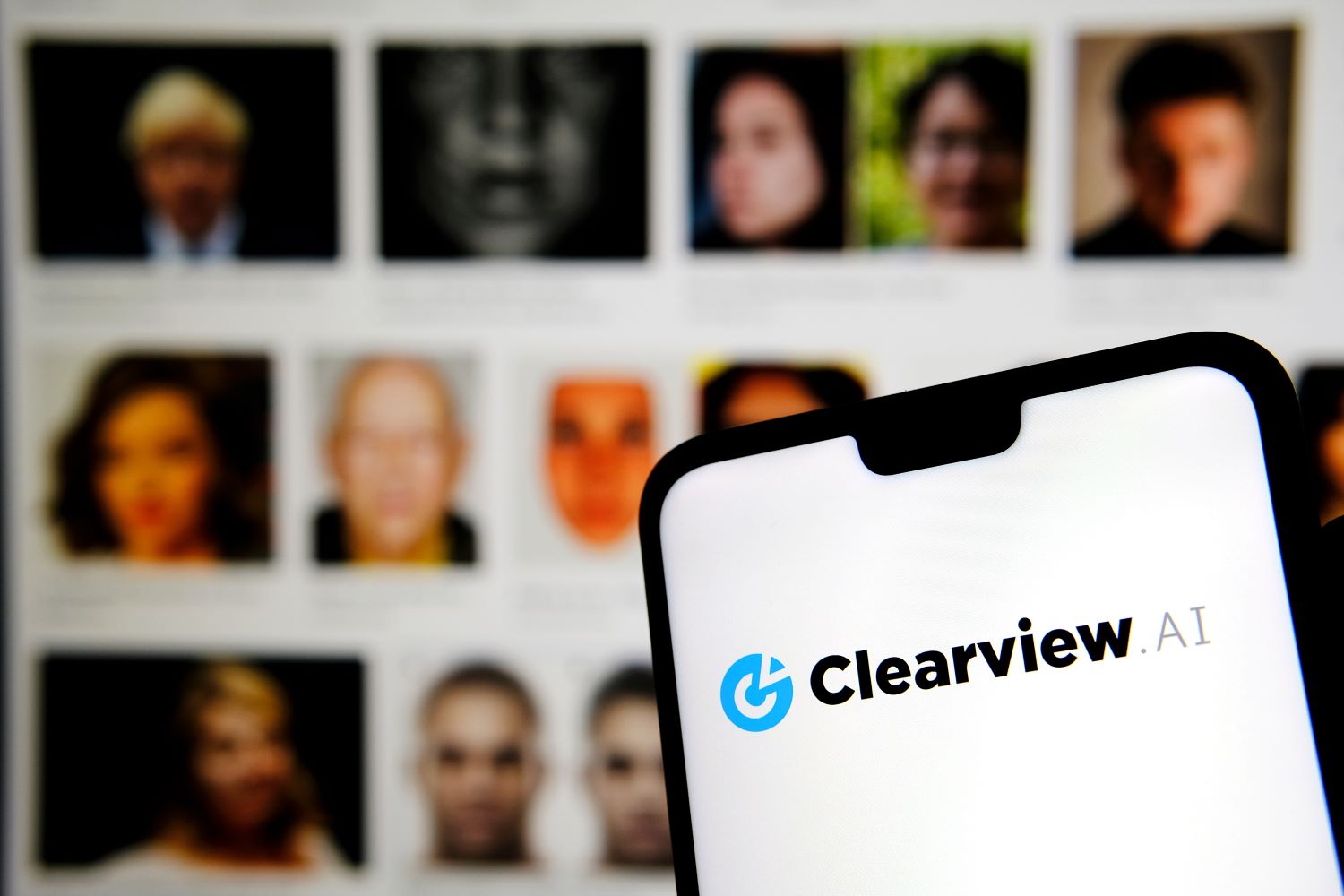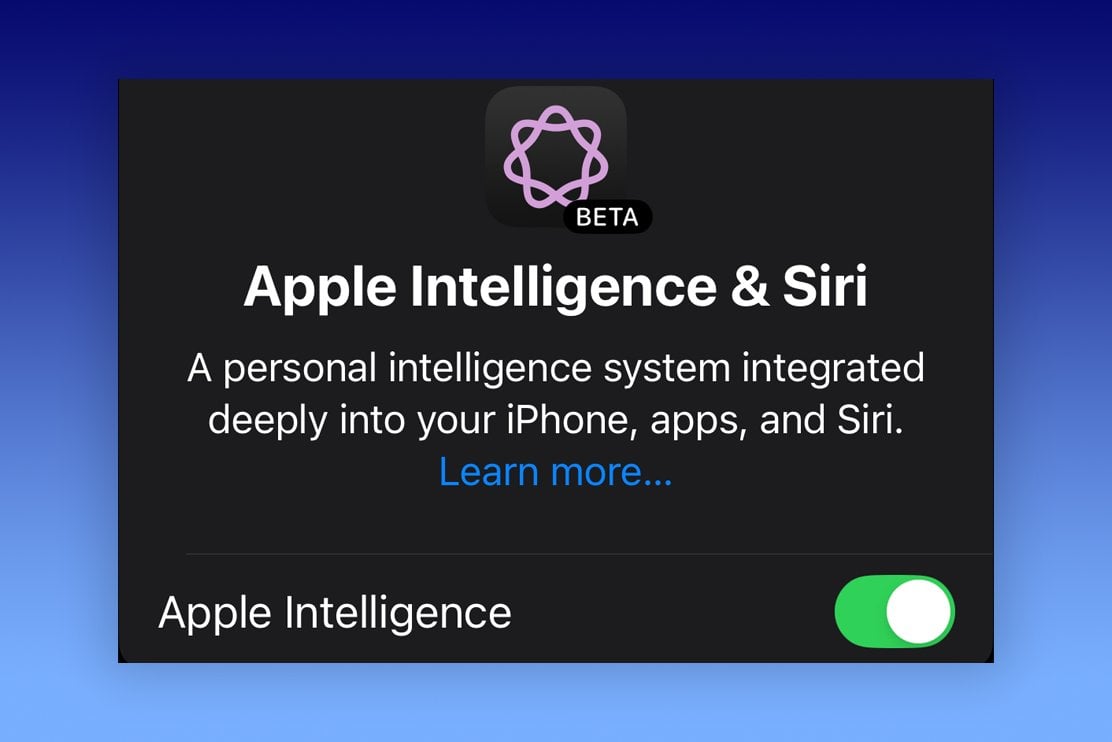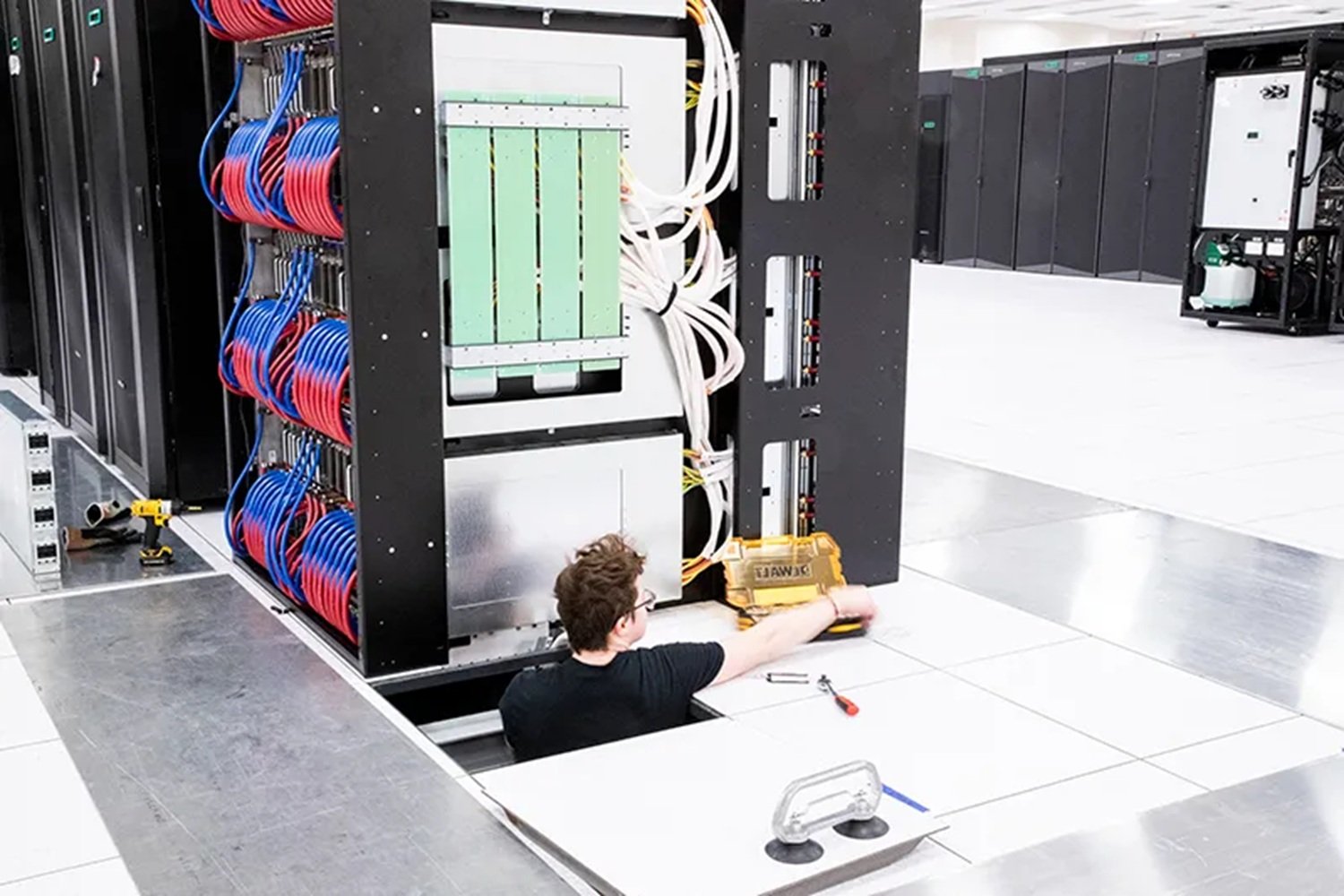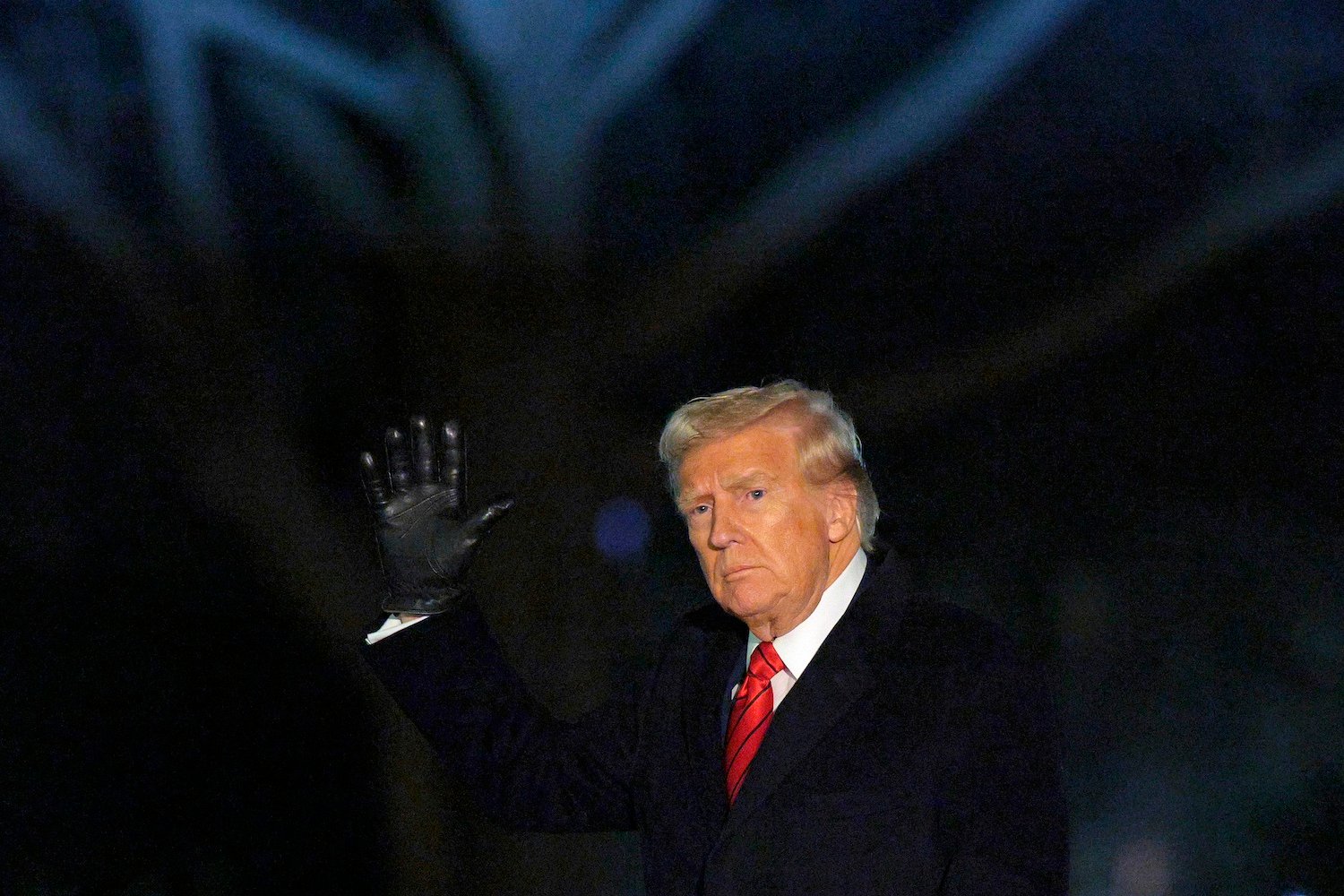The Cleveland Police Department’s (CPD) reliance on Clearview AI facial recognition as the sole basis for a search warrant has led to suppressed evidence in a murder case, potentially jeopardizing the prosecution of the suspect. Qeyeon Tolbert was arrested and charged with the murder of Blake Story, who was fatally shot after leaving a blood plasma donation center in February.
The investigation centered on Tolbert after the CPD sent CCTV footage of a suspect to the Northeast Ohio Regional Fusion Center, a collaborative agency utilizing local, state, and federal surveillance resources. According to court records, the fusion center provided an “identification” of the individual in the video, prompting CPD to obtain a search warrant for Tolbert’s residence. During the search, officers reportedly seized a firearm and other potential evidence.
However, a Cuyahoga County judge recently ruled this evidence inadmissible, significantly impacting the case. The Cleveland Plain Dealer initially reported this ruling, revealing the controversy surrounding the use of Clearview AI. Tolbert’s defense argued that the CPD’s account of receiving an identification omitted a crucial detail: the identification relied solely on Clearview AI, a tool that explicitly states its results are “investigative leads” and should not be the sole basis for an arrest.
Clearview AI’s Role and Potential for Misidentification
Clearview AI’s disclaimer, cautioning against relying solely on its results for arrests, highlights a critical flaw in the CPD’s investigative process. This case aligns with a broader pattern of wrongful arrests nationwide due to flawed facial recognition technology. A Washington Post investigation revealed numerous instances where police departments made arrests based on facial recognition matches without corroborating evidence, leading to wrongful arrests of at least eight individuals. These incidents have resulted in costly settlements, with some police departments paying hundreds of thousands of dollars to resolve lawsuits stemming from such misidentifications. While facial recognition tools demonstrate high accuracy in controlled environments, their real-world effectiveness can be compromised by factors like low-quality images or human error.
Questionable Use of Surveillance Footage
In the Cleveland case, the CCTV footage used for the Clearview AI search was not even from the crime scene itself. The footage, taken six days after the shooting, depicted an individual entering a store whom a Cleveland detective believed resembled the shooter based on “build, hair style, clothing, and walking characteristics.” This observation, coupled with the subsequent Clearview AI identification, formed the basis for the search warrant. Tolbert’s defense rightfully argued that this tenuous connection further undermines the validity of the evidence obtained. The Cuyahoga County prosecutor’s office is appealing the court’s decision to suppress the evidence.
Conclusion: Balancing Technological Advancements with Due Process
This case underscores the critical need for rigorous standards and corroborating evidence when using facial recognition technology in criminal investigations. Overreliance on such tools without proper validation can lead to wrongful arrests and the suppression of potentially crucial evidence. The appeal by the Cuyahoga County prosecutor’s office will further test the legal boundaries and implications of using AI-driven facial recognition in law enforcement.
[











